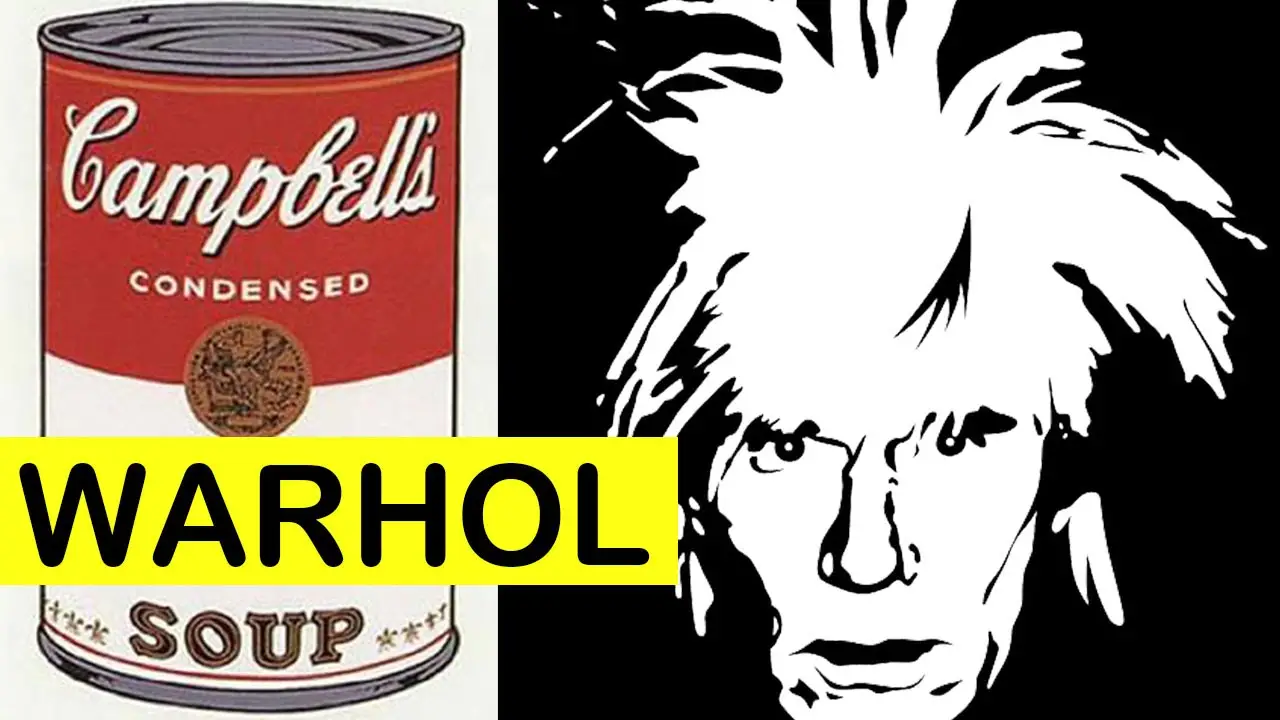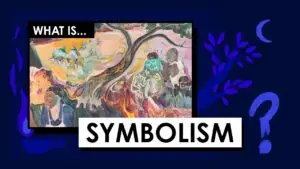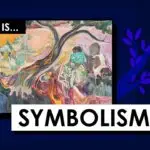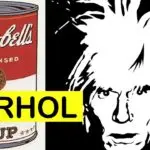Andy Warhol: From Illustrator to Pop Art Legend
Before Andy Warhol became the Pop Art icon we all know and love, he was hustling as a commercial illustrator—and not too shabby at it, let me tell ya. Known for his blotted-ink shoe drawings and catchy album cover designs, Warhol was already making waves. Yet, he was always the outsider, sneaking peeks at the works of Rauschenberg and Johns, wondering when he’d find his own groove as a fine artist. These early years were crucial for Warhol, as they laid the groundwork for his unique approach to art, blending commercial aesthetics with high art aspirations. His work as an illustrator taught him the power of imagery and repetition, skills he would later exploit to great effect in his Pop Art masterpieces.
Following the footsteps of European Pop maestros like Eduardo Paolozzi and Richard Hamilton, Warhol took a swing at a Coca-Cola bottle artwork. But here’s the twist—he didn’t just throw it into a collage. Nope, he made it the star of the show, stripped down to its essence. But Warhol being Warhol, couldn’t resist adding a splash of painterly flair, which kinda messed with the whole cool vibe he was aiming for. This tension between artistic expression and commercial design is a hallmark of Warhol’s work. He was constantly navigating the line between high art and popular culture, and this duality became one of his signature themes.
Experimentation and Pop Culture
Warhol was a curious cat, always fiddling with styles and subjects. He took black and white newspaper photos and let the paint dribble down. When folks suggested he paint everyday pop culture icons, he took the bait—dollar bills, chewing gum, you name it. He was out there creating images as bold as the ads themselves. This experimentation was not just about finding his style; it was about understanding the cultural landscape of America. Warhol was keenly aware of the power of branding and the way it shaped societal values and desires. His art became a mirror reflecting the consumerist culture of the time, challenging viewers to consider their own roles within it.
Warhol saw the consumer boom in two lights: either as idealized perfection or as plain ol’ exploitative. This tension, this dance between high and low, was what got his gears turning. He was fascinated by the way everyday objects could be elevated to the status of art, questioning the very nature of artistic value. For twenty years, he chowed down on the same lunch: bread and Campbell’s soup. This inspired him to paint every darn variety of that soup. His choice of subject matter was both personal and universal, tapping into the shared experiences of countless Americans while simultaneously revealing something intimate about his own life.
The Soup Can Revolution
Couldn’t find a gallery in New York? No problemo. Warhol snagged one in Los Angeles. In July 1962, Irving Blum’s Ferus Gallery showcased 32 of Warhol’s Campbell’s Soup Can paintings. They lined up like soldiers on a white shelf, mimicking a grocery store aisle. It was his shoutout to mass consumption, plain and simple. The exhibition was groundbreaking, challenging traditional notions of what art could be and who it was for. Warhol was democratizing art, making it accessible and relatable to the average person. He was saying that art didn’t have to be exclusive or elitist; it could be as ordinary as a can of soup.
Using silkscreening—a trick from the advertising world—Warhol could churn out the same image on different canvases, over and over. The hand-painted soup names added that personal touch. The process poked fun at modern advertising, with its rinse and repeat methods to drill images into our heads. This wasn’t your typical art market fare; it was mass-produced, challenging the notion of art being rare and precious. Warhol was blurring the lines between art and commerce, highlighting the absurdity of both. He was questioning the very definitions of originality and creativity, pushing the boundaries of what art could be.
Warhol’s soup cans didn’t just define his career—they became the face of Pop Art, with its love affair with mass production and consumer culture. The Soup Can series was a turning point not just for Warhol, but for the art world as a whole. It opened up new possibilities for what art could be, inspiring countless artists to explore the intersections of art, commerce, and culture. Warhol had tapped into something profound, capturing the zeitgeist of his time while paving the way for future generations of artists to explore similar themes.
Warhol’s Legacy and Influence
Warhol’s impact on the art world and popular culture cannot be overstated. His work challenged the status quo, forcing people to reconsider their preconceived notions about art, commerce, and society. He was a pioneer, pushing the boundaries of what art could be and who it was for. His influence can be seen in the work of countless artists who followed in his footsteps, from contemporary painters to musicians and filmmakers. Warhol’s legacy is one of innovation and experimentation, a testament to his ability to tap into the cultural currents of his time and create work that resonates with audiences to this day.
Warhol’s exploration of celebrity culture, consumerism, and media continues to be relevant in today’s world. In an era where social media and advertising dominate our lives, Warhol’s work seems more prescient than ever. He understood the power of images and the way they shape our perceptions of reality, a concept that is increasingly important in our visually-driven society. Warhol’s art invites us to question the images we consume and the influence they have on our lives, making his work as relevant today as it was when it was first created.
If you’re itching for more Warhol wisdom, swing by my blog at littlearttalks.com. There’s a post down below with the scoop on Warhol’s later works. If this video tickled your fancy, give it a thumbs up and check out my other art history vids. More are cooking, so hit that subscribe button. Thanks a bunch for watching, catch ya later!







